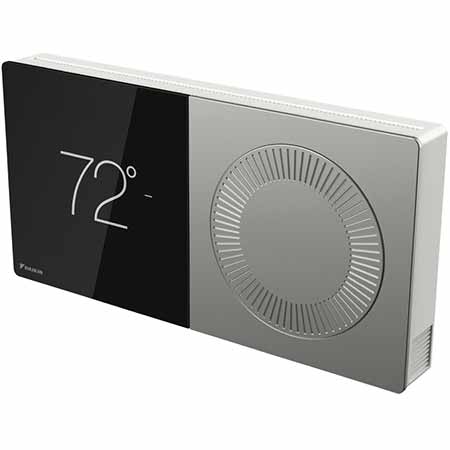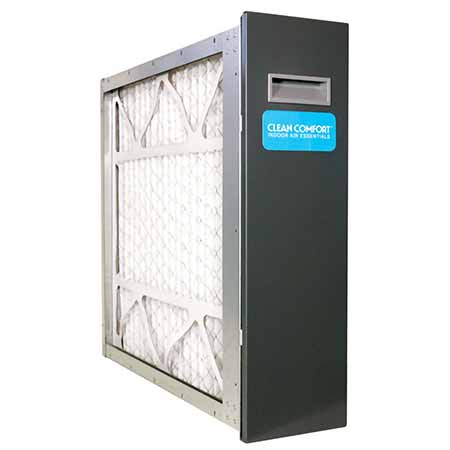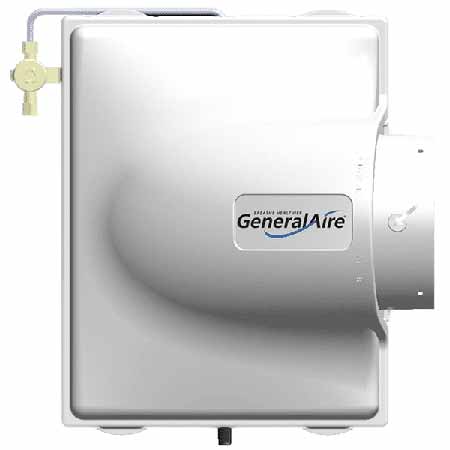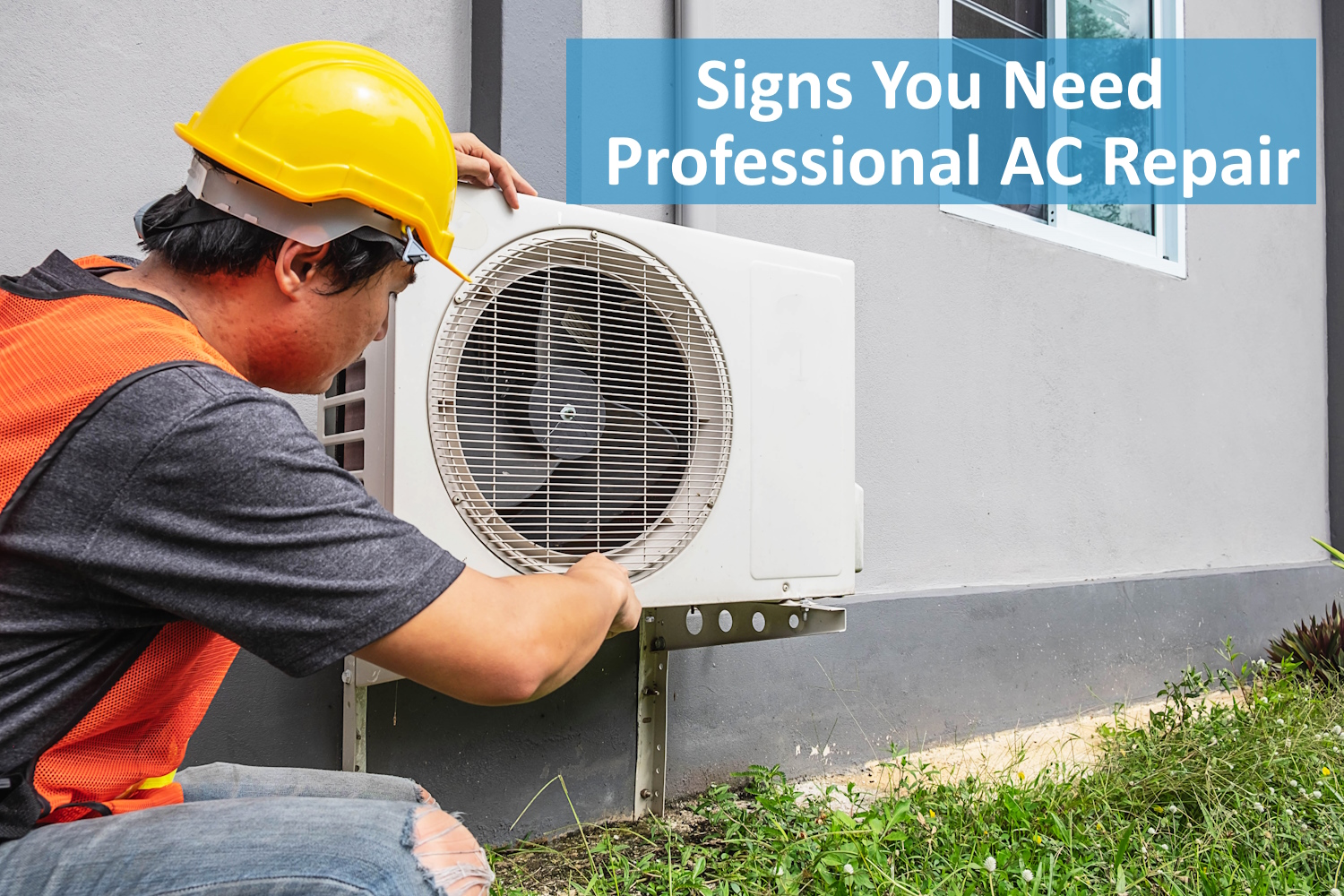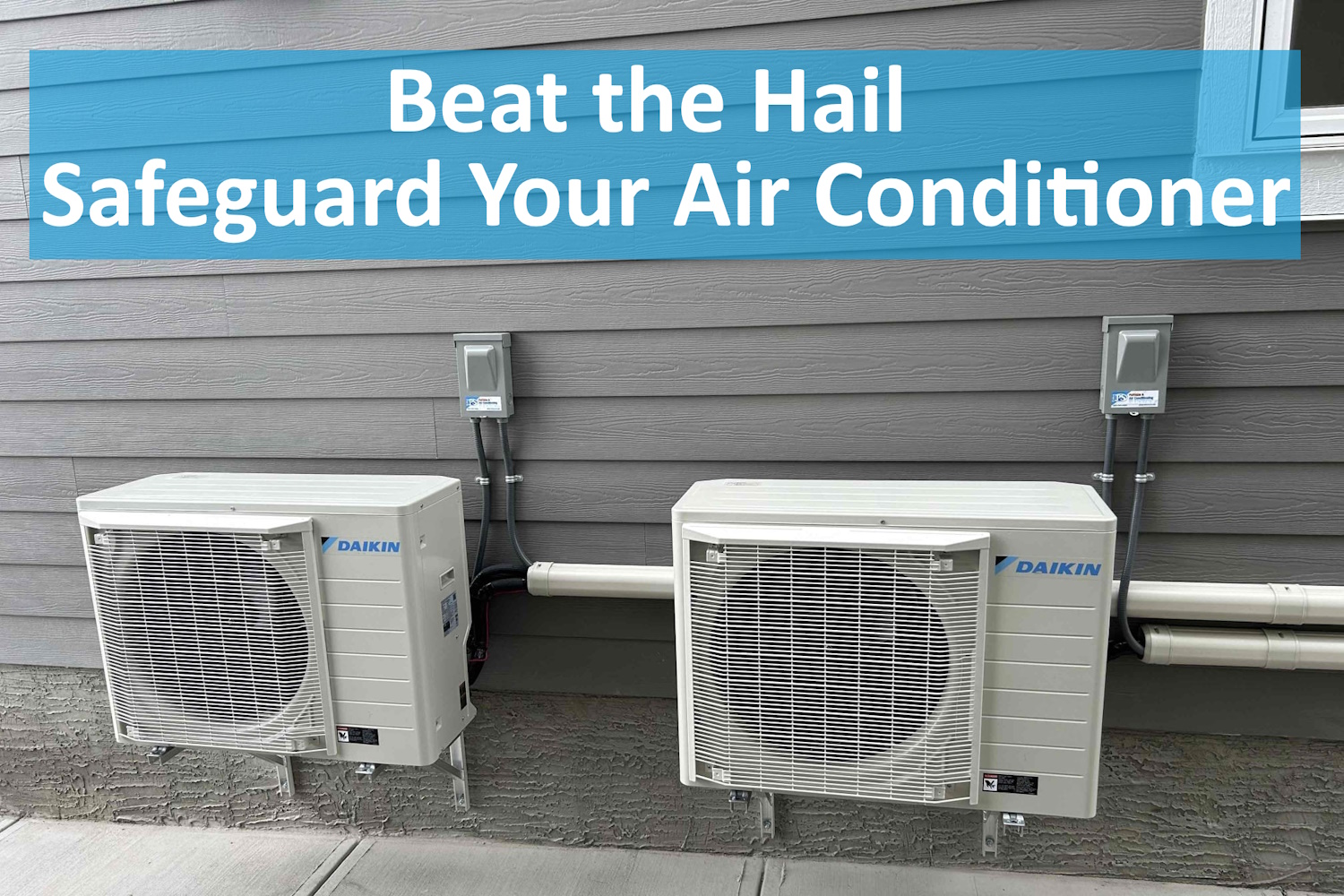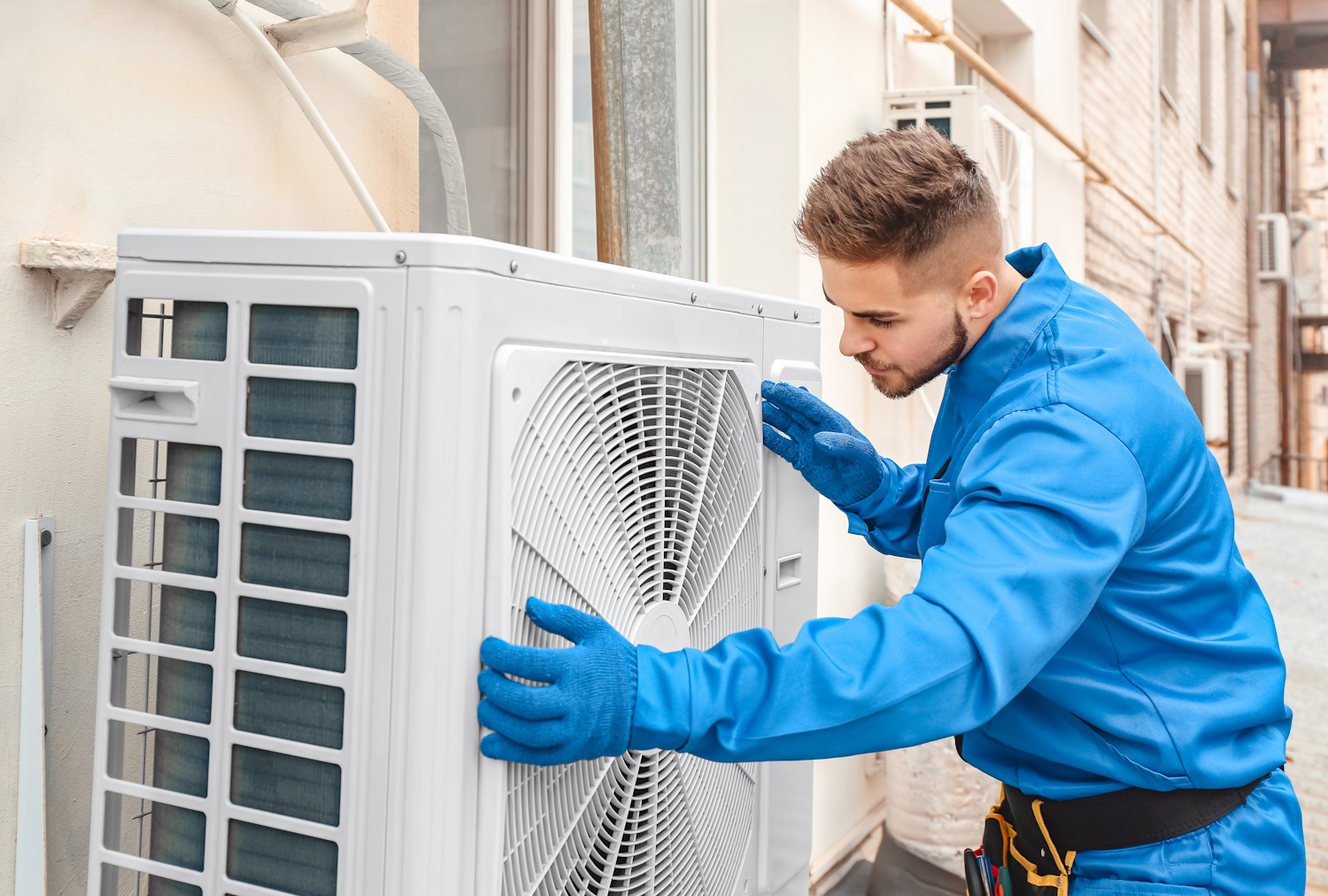The Right Equipment For The Job
JPS Furnace & Air Conditioning recognizes the importance of clean air being essential to good health. According to Health Canada, Canadians spend upwards of 90% of their time inside, whether it is at home, work or recreationally.
Indoor Air Quality & Your Health
Indoor Air Quality (IAQ) refers to the air quality within your home. Understanding and controlling common pollutants indoors can help reduce the risk of health concerns caused by your indoor air quality.
Immediate Effects
Some health effects show up shortly after a single exposure but most occur after repeated exposure to a pollutant. These effects include irritation of the eyes, nose, throat, headaches, dizziness and fatigue. These immediate effects are usually easily treatable by limiting or eliminating the exposure to the source of the pollution. Diseases such as asthma may show up, be aggravated or worsened due to long-term exposure to pollutants.
Some effects are made worse by an inadequate supply of outdoor air coming indoors or from the heating, cooling or humidity conditions inside of your home.
Long-Term Effects
Some health effects may show up years after exposure has occurred or only after long periods of exposure. These effects, which include respiratory diseases, heart disease and cancer, can be debilitating or fatal. It’s important to improve the indoor air quality in your home even if symptoms are not noticeable.
Primary Causes of Indoor Air Quality Issues
Indoor air pollution sources that release gases or particles into the air are the main cause of air quality problems in your home. Additionally, poor ventilation can increase pollutant levels by not bringing in enough clean outside air to dilute the concentration of indoor pollutants, and by not pushing air pollutants out of your home.
High temperatures and humidity levels can also increase concentrations of some common pollutants in your home..
Common Pollutant Sources Include:
- Fuel-burning appliances (furnaces, hot water heaters, gas stoves, fireplaces)
- Tobacco products
- Building materials and furnishings:
- Newly installed flooring, upholstery or carpet or other construction materials
- Cabinets or furniture made of pressed wood products
- Household cleaning products, personal care products, or hobbies materials
- Central heating and cooling systems
- Excess moisture buildup
- Outdoor sources:
- Radon
- Pesticides
- Outdoor air pollution
Air quality systems
A typical house could have a range of indoor air pollutants such as; dust, pet dander, mold, smoke (wood burning), cigarettes, and chemical vapors. JPS encourages homeowners to be proactive, and consider investing in an indoor air quality system. We can help you decide whether you’re better off with an electronic or a mechanical air cleaner or whether your best option is a germicidal light that works by sterilizing illuminated surfaces. We can tell you whether you need a power humidifier, a bypass humidifier or a heat recovery ventilator.
In homes with severe levels of contamination, or if someone in your family suffers from severe allergies or asthma, you might want to install a HEPA (High-Efficiency Particulate Air) filtration system. A “true” HEPA system is 99.97% efficient in removing airborne allergens and irritants such as dust and bacteria ranging in size down to 0.3 micron. Another extremely efficient filtration system is the Healthy Climate 16 Media Air Cleaner. This is compatible with any HVAC system, and provides hospital grade filtration of airborne allergens and other particles.
These systems are excellent for air quality, but will not completely rid your house of dust. This is something that is almost impossible, as going in and out of the house, air from outside brings in microscopic debris particles; humans create dust with their skin as well as animals-it’s an ongoing thing!
Controlling Humidity
Too much or too little moisture in the air affects your comfort, your family’s health and the condition of your home’s interior and furnishings. Ideal humidity is usually between 30% and 60%.
Low humidity in the winter can cause dry skin and nasal passages, promotes the growth of bacteria and viruses, causes static electricity, possible damage to your woodwork and more.
Moist air is not only healthier; it’s also less expensive to heat than dry air.
High humidity in the summer allows faster growth of bacteria, viruses, dust mites, mould and mildew – all of which are major allergy triggers. High humidity also causes paint to peel, and woodwork to warp, buckle and rot.
JPS can provide expert advice on how you can achieve the best possible combination temperature and humidity in your home year round.
How air quality affects you
- Air fresheners and deodorizers can contribute to poor indoor air quality.
- Poor indoor air quality can cause headaches, nausea, lethargy and potentially chronic illness.
- Inadequate ventilation keeps dust, smoke, pollen and other pollutants re-circulating.
- In addition to negative health effects, indoor pollutants can reduce the life expectancy of your heating and cooling system.
- Your first line of defence is to eliminate as many sources of pollution as possible. Avoid smoking or burning candles in your home.
- Allergic reactions can be reduced by indoor air quality products that remove pollutants.
- By maintaining proper humidity levels in your home, you can prevent many pollutants from developing at all.

